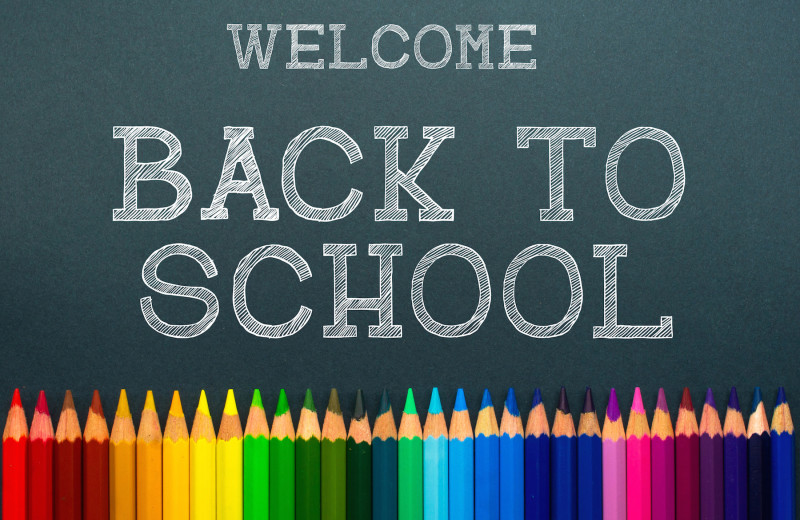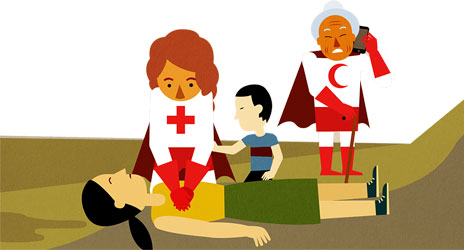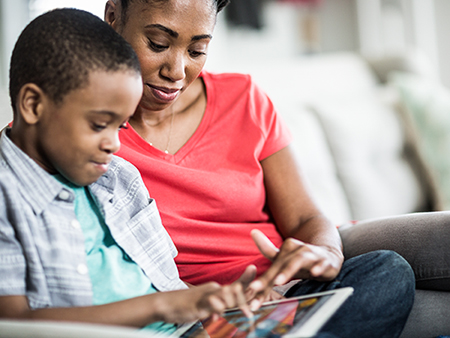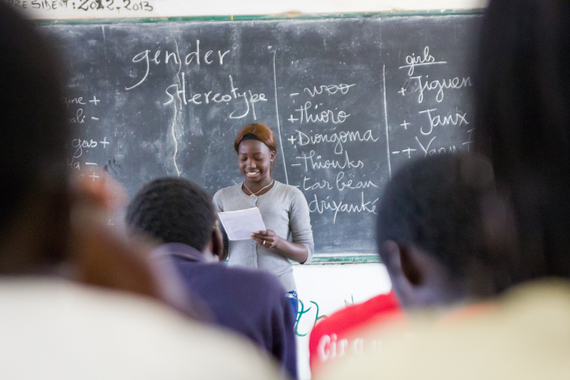Encouraging kids to keep their space clean helps them acquire a sense of responsibility early in life and sharpens their organizational instinct. Room cleaning routine can also help kids learn the important ability to start and complete a task and offer a sense of accomplishment on a job well done.
Below are some tips that you and your children can follow to create order and eliminate chaos at home. They are also ways to help maintain routine cleaning exercises.
- Arrange your child’s possessions from his or her vantage point. The solution to solving a child’s problem must fit the child. All their properties should be kept in their size and within their reach.
- Make the child part of the cleaning process. Teach your child maintenance methods and organizing skills.
- Build a cleaning routine. Routines like “morning pick up” and “evening pick up” should be built into the family’s time table.
- Bottom to top organization solves many problems. Have frequently used items at the bottom of the shelf while other items can fit on the higher levels.
- Labelling where each item is kept is also a fine way to achieve order. It doesn’t only help to organize but also enhance reading skills.
- Sort, simplify and store. The child’s possession should be well sorted out as regards type, usage and relevance. This helps to simplify organization and storage.






